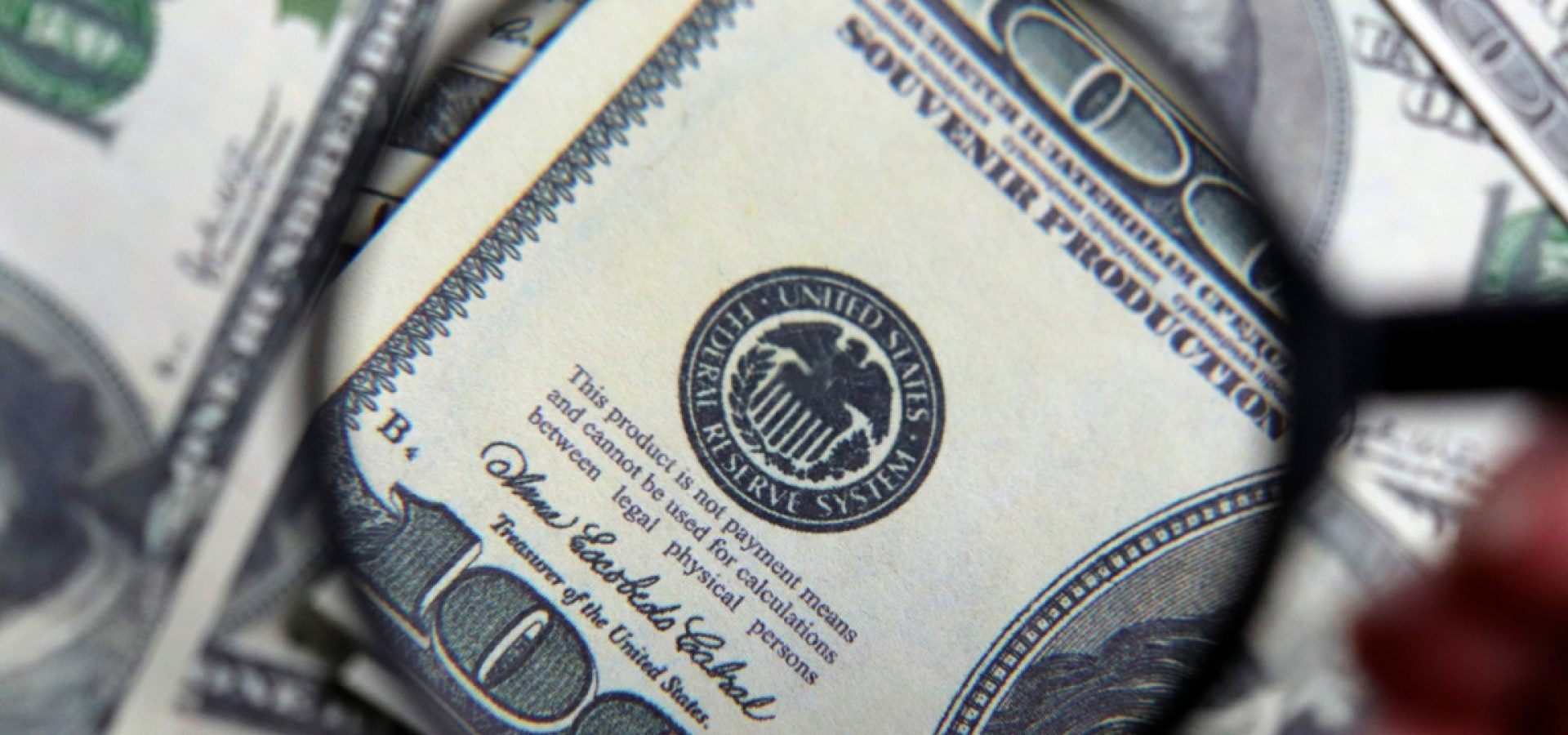The U.S. dollar rose again on Tuesday, rebounding versus the Japanese yen and hitting new highs against riskier currencies. It seems, traders chose the most liquid currency amidst very fragile sentiment.
Investors are very concerned as the market liquidity was tight and coordinated moves by central banks failed to subdue anxiety about the coronavirus pandemic. They are waiting to see the scale of government fiscal responses to combat the economic fall down from the infection and limit the economic contraction.
Meanwhile, businesses are scrambling for U.S. dollars as the virus spreads. China has reported a fresh rise in cases, while Malaysia is preparing to enter lockdown. Europe and the United States are also taking stricter measures to curb the infection.
ING analysts stated that the dollar can hold onto its gains as markets understandably remain very fragile. However, when the dust settles, the dollar will probably end up a little lower. They think that the best level for the dollar index would be between 99 and 100.
Presently, the U.S. dollar index rose by 0.3% to 98.444, close to its recent high of 98.817. The currency also rallied 1% against the yen to 107 yen, recovering much of its losses on Monday.
What about the Euro and Australian Dollar?
The euro fell by 0.5% to $1.1130, with sterling sinking to its weakest point since September. The currency lowered by 0.6% at $1.2192. Furthermore, the Australian dollar dropped down by 0.7% to a new 11-year low of $0.6065.
Volatility has doubled in forex markets during the last few weeks. However, analysts think that trading had been relatively orderly despite the large moves and poor liquidity.
Investors fear that central bank action from the U.S. Federal Reserve and policymakers in Japan, Australia, New Zealand and elsewhere, is insufficient given the virus’ fast spreading across the world. On the other hand, some experts think that hasty moves may have backfired.









COMMENTS